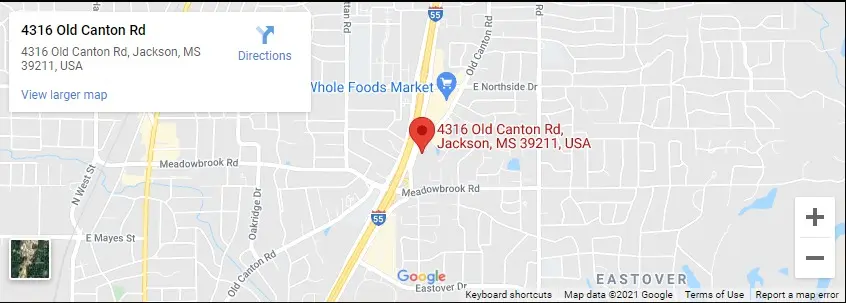When it comes to filing for personal bankruptcy in Mississippi, there are two common types that many hear about: Chapter 7 and Chapter 13. While each is different, both of these aim to give the filer a fresh financial start by either eliminating their debt or making their debt more manageable.
At The Rollins Law Firm, our attorneys provide education and assistance when filing for bankruptcy, including Chapter 7 and Chapter 13. In this post, we will discuss these two types of bankruptcies at a rather high level, to merely give our readers a basic idea of the differences between the two.
The first thing for a potential filer to realize is that the right type of filing – Chapter 7 or Chapter 13 – will largely be dependent on a person’s financial situation.
In order to be able to file for Chapter 7 bankruptcy, a filer must pass the mean’s test. In Mississippi, there is an income cap. If someone earns more than this, he or she will not be able to file for Chapter 7. Rather, Chapter 13 may be a better option.
Chapter 7 bankruptcy is often referred to as a liquidation bankruptcy. This is because, typically, assets are sold off in order to pay back creditors. With this type of filing though, keep in mind there are property exemptions and someone who files for bankruptcy may still be able to hold on to property, such as a home or car.
With Chapter 13 bankruptcy, also referred to as a “wage earners” bankruptcy, a repayment plan is created. The idea is for a filer to follow this plan for three to five years. At the end of this time period, most – if not all – of a person’s debts are discharged. This type of bankruptcy is often recommended for those who fall outside of the mean’s test for Chapter 7 and who have regular income.
Again though, this post is only intended to provide a brief explanation on the two main types of personal bankruptcy someone may consider filing for. Visit our Chapter 7 Vs. Chapter 13 bankruptcies page to learn more.



Connect with Us